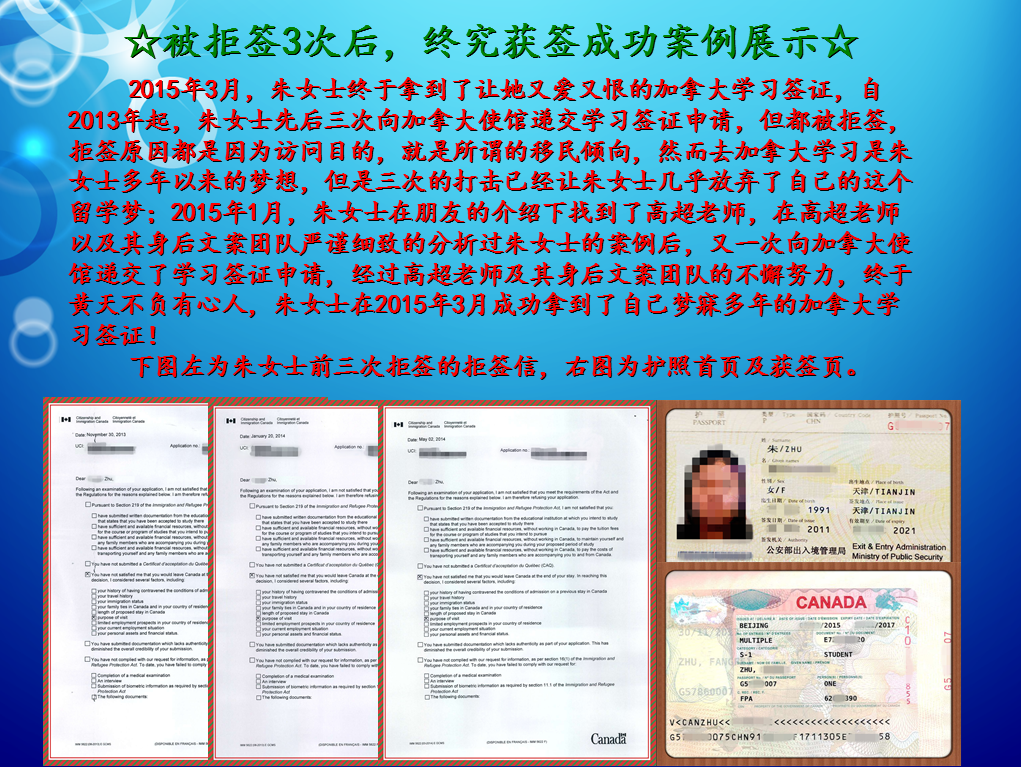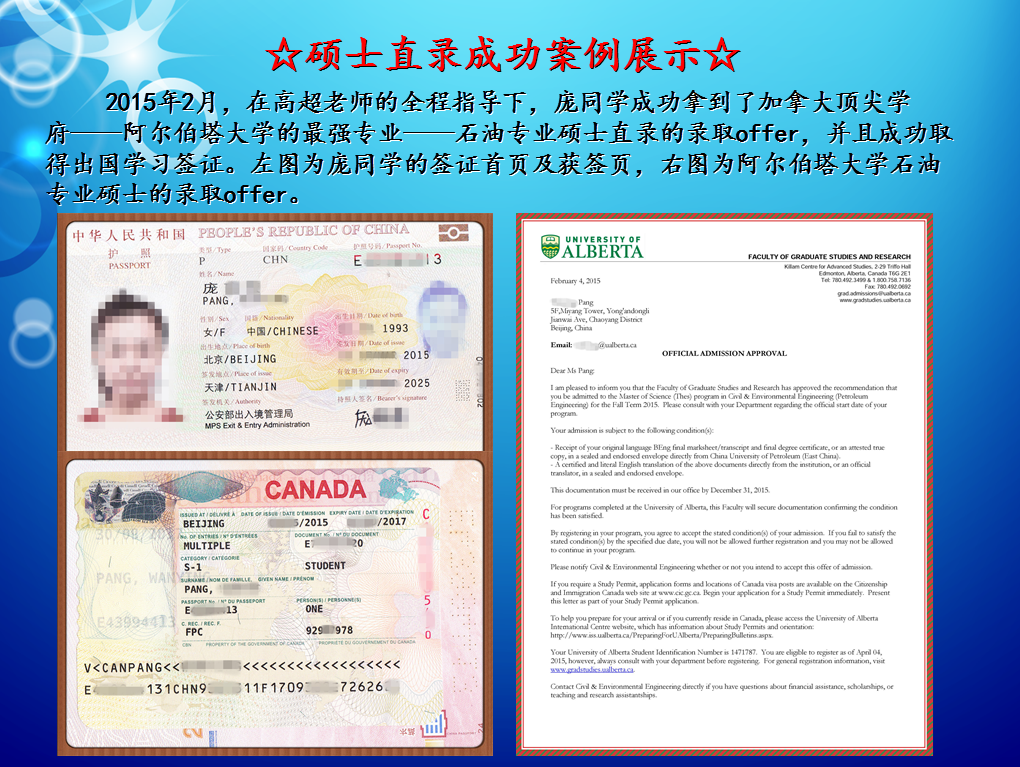SAT写作例子之达芬奇.
2017-08-06 440阅读
下面为大家介绍的是关于达芬奇的SAT写作经典例子,在这篇SAT写作例子中,向大家详细的介绍了他的生平和所取得的成就等信息,非常实用。下面是详细内容,大家一起来看看吧。
Leonardo da Vinci
有问题?找免费的澳际专家咨询!
Leonardo da Vinci is best remembered as the painter of the Mona Lisa (1503-1506) and The Last Supper (1495). But he&aposs almost equally famous for his astonishing multiplicity of talents:
he dabbled in architecture, sculpture, engineering, geology, hydraulics and the military arts, all with success, and in his spare time doodled parachutes and flying machines that resembled inventions of the 19th and 20th centuries. He made detailed drawings of human anatomy which are still highly regarded today. Leonardo also was quirky enough to write notebook entries in mirror (backwards) script, a trick which kept many of his observations from being widely known until decades after his death.
The illegitimate son of a 25-year-old notary, Ser Piero, and a peasant girl, Caterina, Leonardo was born on April 15, 1452, in Vinci, Italy, just outside Florence. His father took custody of the little fellow shortly after his birth, while his mother married someone else and moved to a neighboring town. They kept on having kids, although not with each other, and they eventually supplied him with a total of 17 half sisters and brothers..
Growing up in his father&aposs Vinci home, Leonardo had access to scholarly texts owned by family and friends. He was also exposed to Vinci&aposs longstanding painting tradition, and when he was about 15 his father apprenticed him to the renowned workshop of Andrea del Verrochio in Florence. Even as an apprentice, Leonardo demonstrated his colossal talent. Indeed, his genius seems to have seeped into a number of pieces produced by the Verrocchio&aposs workshop from the period 1470 to 1475. For example, one of Leonardo&aposs first big breaks was to paint an angel in Verrochio&aposs "Baptism of Christ," and Leonardo was so much better than his master&aposs that Verrochio allegedly resolved never to paint again. Leonardo stayed in the Verrocchio workshop until 1477 when he set up a shingle for himself.
In search of new challenges and the big bucks, he entered the service of the Duke of Milan in 1482, abandoning his first commission in Florence, "The Adoration of the Magi". He spent 17 years in Milan, leaving only after Duke Ludovico Sforza&aposs fall from power in 1499. It was during these years that Leonardo hit his stride, reaching new heights of scientific and artistic achievement.
The Duke kept Leonardo busy painting and sculpting and designing elaborate court festivals, but he also put Leonardo to work designing weapons, buildings and machinery. From 1485 to 1490, Leonardo produced a studies on loads of subjects, including nature, flying machines, geometry, mechanics, municipal construction, canals and architecture (designing everything from churches to fortresses). His studies from this period contain designs for advanced weapons, including a tank and other war vehicles, various combat devices, and submarines. Also during this period, Leonardo produced his first anatomical studies. His Milan workshop was a veritable hive of activity, buzzing with apprentices and students.
Alas, Leonardo&aposs interests were so broad, and he was so often compelled by new subjects, that he usually failed to finish what he started. This lack of "stick-to-it-ness" resulted in his completing only about six works in these 17 years, including "The Last Supper" and "The Virgin on the Rocks," and he lt dozens of paintings and projects unfinished or unrealized (see "Big Horse" in sidebar). He spent most of his time studying science, either by going out into nature and observing things or by locking himself away in his workshop cutting up bodies or pondering universal truths.
Between 1490 and 1495 he developed his habit of recording his studies in meticulously illustrated notebooks. His work covered four main themes: painting, architecture, the elements of mechanics, and human anatomy. These studies and sketches were collected into various codices and manuscripts, which are now hungrily collected by museums and individuals (Bill Gates recently plunked down $30 million for the Codex Lester!).
Back to Milan... after the invasion by the French and Ludovico Sforza&aposs fall from power in 1499, Leonardo was lt to search for a new patron. Over the next 16 years, Leonardo worked and traveled throughout Italy for a number of employers, including the dastardly Cesare Borgia. He traveled for a year with Borgia&aposs army as a military engineer and even met Niccolo Machiavelli, author of "The Prince." Leonardo also designed a bridge to span the "golden horn" in Constantinople during this period and received a commission, with the help of Machiavelli, to paint the "Battle of Anghiari."
About 1503, Leonardo reportedly began work on the "Mona Lisa." On July 9, 1504, he received notice of the death of his father, Ser Piero. Through the contrivances of his meddling half brothers and sisters, Leonardo was deprived of any inheritance. The death of a beloved uncle also resulted in a scuffle over inheritance, but this time Leonardo beat out his scheming siblings and wound up with use of the uncle&aposs land and money.
From 1513 to 1516, he worked in Rome, maintaining a workshop and undertaking a variety of projects for the Pope. He continued his studies of human anatomy and physiology, but the Pope forbade him from dissecting cadavers, which truly cramped his style.
Following the death of his patron Giuliano de&apos Medici in March of 1516, he was offered the title of Premier Painter and Engineer and Architect of the King by Francis I in France. His last and perhaps most generous patron, Francis I provided Leonardo with a cushy job, including a stipend and manor house near the royal chateau at Amboise.
Although suffering from a paralysis of the right hand, Leonardo was still able to draw and teach. He produced studies for the Virgin Mary from "The Virgin and Child with St. Anne", studies of cats, horses, dragons, St. George, anatomical studies, studies on the nature of water, drawings of the Deluge, and of various machines.
Leonardo died on May 2, 1519 in Cloux, France. Legend has it that King Francis was at his side when he died, cradling Leonardo&aposs head in his arms.
达·芬奇
列奥纳多·达·芬奇,意大利文艺复兴三杰之一,也是整个欧洲文艺复兴时期最完美的代表。他是一位思想深邃,学识渊博、多才多艺的画家、寓言家、雕塑家、发明家、哲学家、音乐家、医学家、生物学家、地理学家、建筑工程师和军事工程师。他是一位天才,他一面热心于艺术创作和理论研究,研究如何用线条与立体造型去表现形体的各种问题;另一方面他也同时研究自然科学,为了真实感人的艺术形象,他广泛地研究与绘画有关的光学、数学、地质学、生物学等多种学科。他的艺术实践和科学探索精神对后代产生了重大而深远的影响。
以上就是关于达芬奇的SAT写作经典例子的全部内容,后面附有汉语的背景介绍。大家可以在备考很多SAT写作话题的时候,都可以应用一下这个例子。只要在备考中针对不同的话题采用不同的切入点即可。
更多SAT写作相关:
北京SAT写作培训
SAT写作例子之超人的真实人生
SAT写作例子之水门事件
SAT写作例子之计算机病毒
留学咨询
更多出国留学最新动态,敬请关注澳际教育手机端网站,并可拨打咨询热线:400-601-0022
留学热搜
相关推荐
- 专家推荐
- 成功案例
- 博文推荐

Copyright 2000 - 2020 北京澳际教育咨询有限公司
www.aoji.cn All Rights Reserved | 京ICP证050284号
总部地址:北京市东城区 灯市口大街33号 国中商业大厦2-3层









高国强 向我咨询
行业年龄 12年
成功案例 3204人
留学关乎到一个家庭的期望以及一个学生的未来,作为一名留学规划导师,我一直坚信最基本且最重要的品质是认真负责的态度。基于对学生和家长认真负责的原则,结合丰富的申请经验,更有效地帮助学生清晰未来发展方向,顺利进入理想院校。
Amy GUO 向我咨询
行业年龄 17年
成功案例 4539人
一切的一切从现在开始.用自己的态度闯出一片天
薛占秋 向我咨询
行业年龄 11年
成功案例 1869人
从业3年来成功协助数百同学拿到英、美、加、澳等各国学习签证,递签成功率90%以上,大大超过同业平均水平。
Tara 向我咨询
行业年龄 7年
成功案例 1869人